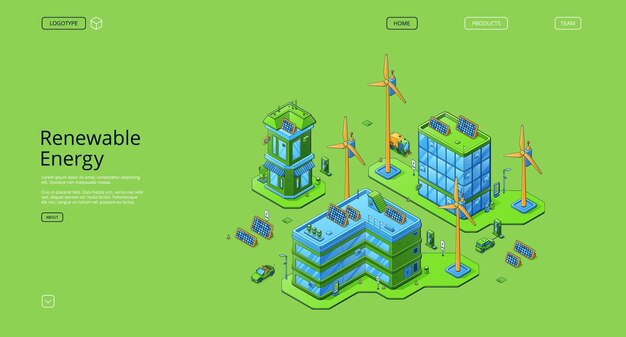Embracing Green: The Future of Power Technologies

Mark Patrick, a technical marketing manager at Mouser Electronics, is optimistic about the potential of hydrogen fuel cells. In the energy sector, everyone is aiming for “green” solutions, with a strong focus on clean and renewable energy. Significant engineering efforts and research investments are made annually in this area.
In the automotive world, the push is towards zero-emission vehicles. Many car manufacturers now offer electric vehicles (EVs) or hybrids. Hybrids, which are gaining popularity, run on electricity until their charge runs out and then switch to diesel or petrol. However, this means they still produce greenhouse gases, which are harmful to the environment.
Most EVs on the market today rely on battery technology. These batteries need to be recharged by plugging the vehicle into a power source. Although we’re increasingly generating electricity from renewable sources like solar and wind, a lot of it still comes from fossil fuels. Additionally, the limited availability of EV charging stations is a hurdle for many potential buyers.
Hydrogen fuel cells offer a promising alternative. Unlike batteries or combustion engines, fuel cells convert the chemical energy stored in hydrogen directly into electrical energy, making them very efficient. The only by-products are water and a small amount of heat, with no pollutants. Moreover, producing hydrogen is relatively environmentally friendly.
Refueling hydrogen fuel cell vehicles is quick, similar to filling up a conventional car with gas, unlike the lengthy charging times for EV batteries. Fuel cells also have no moving parts, which makes them more reliable and maintenance easier. Their range is comparable to traditional vehicles, whereas EVs are limited by battery capacity.
However, hydrogen doesn’t exist on its own naturally; it’s always combined with other elements, such as oxygen in water or in hydrocarbons like natural gas and methane. Most hydrogen is currently extracted from hydrocarbons through a process called reforming or by splitting water into hydrogen and oxygen through electrolysis.
A hydrogen fuel cell works by having hydrogen enter at the anode, passing through a catalyst that separates it into ions and electrons. Protons move through a proton exchange membrane (PEM), while electrons are blocked, creating an electrical current. At the cathode, oxygen combines with hydrogen ions to form water.
The challenge with hydrogen fuel cells is that they require pressurized hydrogen, making the infrastructure expensive to build. This has slowed their widespread adoption in the automotive sector, though companies like Toyota are still heavily investing in research and development.
In the meantime, hydrogen fuel cells are finding use in other areas, which could help the technology gain more traction. Currently, around 50% of trains run on…
And so, while hydrogen fuel cells haven’t yet become mainstream in the automotive industry, the future looks promising for this green technology.